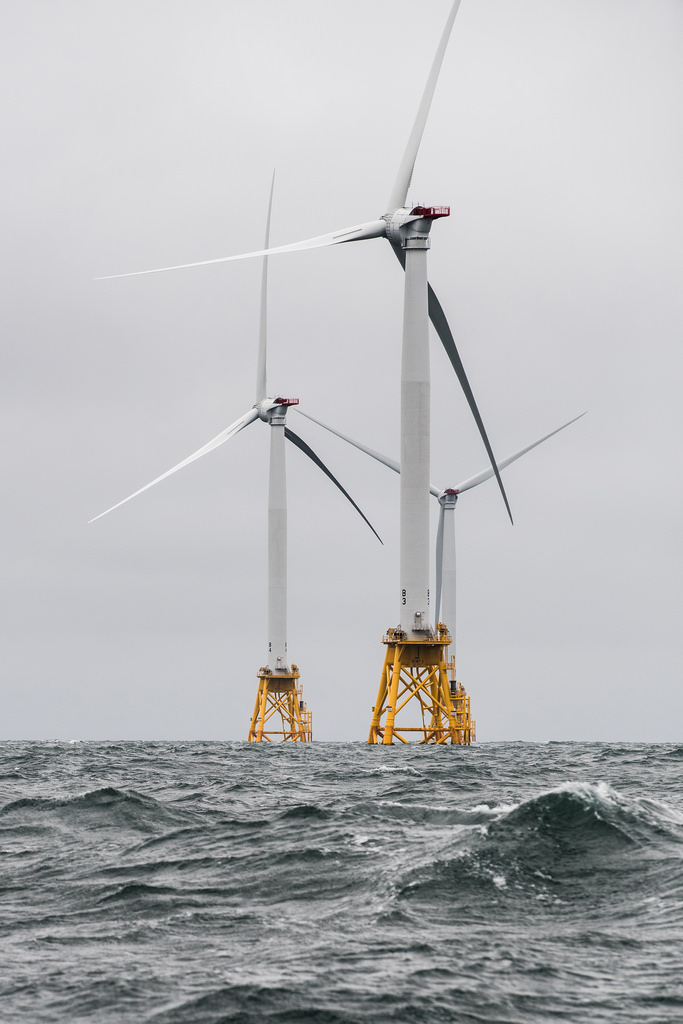President Trump has been no friend of the environment. Before his election, he called global warming “a hoax” and “bullshit.” He has appointed several climate change deniers to his cabinet, including former Texas governor Rick Perry as Secretary of Energy and Scott Pruitt as administrator of the Environmental Protection Agency. Now, his tight budget for 2018 hits the EPA with a 31 percent cut. The Trump administration’s dedication to “return national environmental policy to a pre-scientific age” makes it far from surprising that his budget also cuts funding for the Department of Commerce by 16 percent.
This cut has a profound effect on Rhode Island, since cuts to the Commerce Department disproportionately affect the National Oceanic and Atmospheric Administration (NOAA), eliminating its grants and programs for coastal and marine management. Cuts to NOAA would result in Rhode Island institutions like the Coastal Resources Management Council (CRMC) and the Rhode Island Sea Grant to lose approximately two-thirds of their funding. These initiatives have had a substantial impact on environmental policies in other states, making them vital in the fight against global warming not only in Rhode Island but also throughout the country.
The CRMC is a state agency that oversees development of Rhode Island’s four hundred miles of coastline, regulating all coastal development in the state, including homes, marinas, and seawalls. The institution frequently collaborates with the Rhode Island Sea Grant, one of 33 programs in the National Sea Grant College Program established by former Rhode Island Senator Claiborne Pell. Based at the University of Rhode Island, the program supports research, outreach, and educational programs to promote environmental stewardship, long-term economic development, and the responsible use of coastal and marine resources.
Together, the CRMC and the RI Sea Grant co-directed the creation of the nationally recognized Ocean Special Area Management Plan (Ocean SAMP) which was critical to the establishment of the nation’s first offshore wind farm near Block Island. Building turbines offshore in an area where strong and steady winds could generate large amounts of power is an important step toward a future based on renewable energy. European nations have taken the lead, having already installed thousands of offshore turbines, while in the United States progress has stalled due to high costs, complicated regulations on the use of the seafloor, and stiff opposition from those who do not want their ocean views blocked by machines.
Ocean SAMP and its success with the Block Island Wind Farm have inspired the beginnings of several offshore wind farm projects in New Jersey, Oregon, and Virginia. In New York, Governor Andrew Cuomo announced a plan this summer that requires fifty percent of the state’s electricity to come from renewable energy sources by 2030, and in January, Cuomo announced the approval of the nation’s largest offshore wind farm in order to help achieve that goal. And in neighboring Massachusetts, Governor Charlie Baker signed a bill that requires state utilities to develop contracts with offshore wind farms to procure an estimated 1,600 megawatts of power in just over ten years, nearly fifty times the amount of electricity produced by the Block Island Wind Farm. Projects like these, inspired by Block Island’s example, can serve as valuable sources of renewable energy and help in the fight against global warming.
The CRMC and the Rhode Island Sea Grant are collaborating once again on an extensive plan to respond to coastal erosion and sea level rise. A recent NOAA report predicts an increase in sea levels by up to 8 feet by 2100. According to Rutgers University Professor Robert Kopp, a co-author of the report, approximately six million Americans live within about six feet above the sea level, leaving them particularly vulnerable to permanent flooding before the end of the century. Rhode Island is especially vulnerable since the Northeast will experience an additional 1 to 3 feet of sea level rise relative to the global projection. Given these alarming predictions, the work that CRMC and the Rhode Island Sea Grant are doing is vital not only to our environment but also the livelihood and security of millions of Americans.
Trump has been quick to dismiss concerns over global warming, even proclaiming it a hoax perpetrated by the Chinese. With an administration that is less than favorable towards nature, environmental progress will have to take place at the local and state level. Rhode Island is in a prime position to affect environmental change. The state’s small size gives individuals and communities influential voices – a rare sight at the national level. As a coastal state that is particularly vulnerable to climate change, Rhode Island has also used its seaside location to conduct valuable research, leading to innovations that give this small state more influence at the national level. Consequently, if the Trump administration effectively slashes most funding to the institutions like CRMC and Rhode Island Sea Grant who are conducting this important research, it will not just affect Rhode Islanders, it will affect the entire country.
